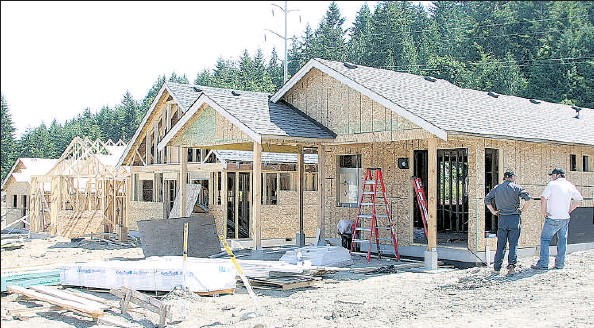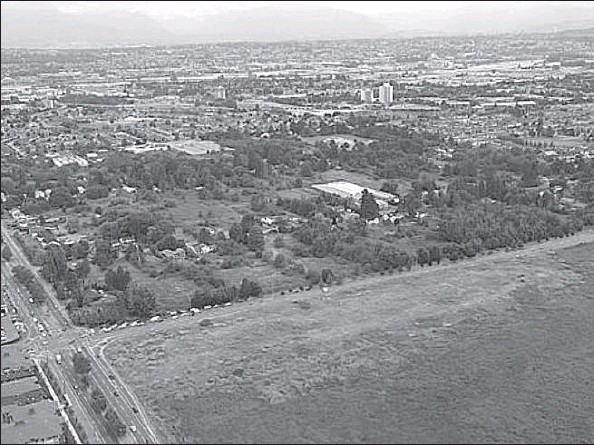Kelly Sinoski
Sun
Metro Vancouver homeowners may face higher rates for sewer, water and garbage pickup in the future, but in return they will get some of the best services in the world, regional directors say.
Jim Rusnak, chief financial officer for Metro Vancouver, said facilities such as the $800- million Seymour-Capilano filtration plant are long-term assets for the future.
Metro Vancouver’s plan to divert up to 70 per cent of waste from landfills will put the region among the world’s leaders, he added.
Owners of an average home valued at $600,000 face a $37 tax increase next year for water, sewage, garbage and other Metro services. That will raise an average home’s regional service taxes to $469. Metro’s portion of property taxes is expected to jump by a total of 50 per cent by 2014, bringing regional service taxes for an average home to $661.
Those figures do not include other components of property taxes, such as municipal charges.
The Metro board will vote on the draft budget a week from today.
The increasing costs for utilities reflect stronger regulatory requirements for cleaner air and water, better-treated sewage, more environmental controls and a growing population.
Metro Vancouver has aging infrastructure that must be maintained and upgraded, including its 40-year-old Iona and Lions Gate sewage treatment plants.
To pay for the upgrades, water rates are proposed to increase by 11.9 per cent, meaning homeowners will pay an extra $21, for a total cost of $190. Sewage rates will jump by $4 to $162 per average homeowner, while garbage fees will rise by $10 to $80.
There are also increases for emergency 911 services, regional parks and air quality.
Vancouver Coun. Tim Stevenson said local water rates are still among the lowest around the world, while Vancouver’s water will be the purest on the globe and no longer subject to turbidity from landslides into the reservoirs.
“We’ve always had the best water, but now there’s going to be no problem whatsoever with it,” Stevenson said.
© Copyright (c) The Vancouver Sun





